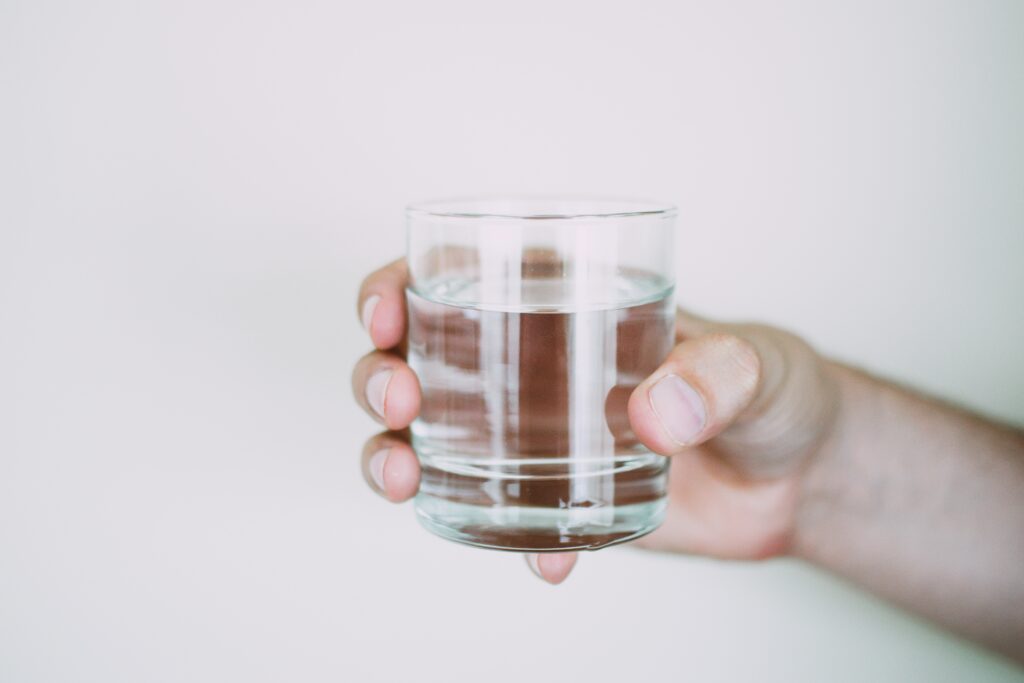Sources of Water in Singapore: Remarkable Innovation and Sustainability

Water is an essential resource that sustains life, and its availability and quality are crucial for the well-being and development of any nation. Singapore, a small island city-state, has faced numerous challenges regarding water scarcity due to its limited land area and absence of natural freshwater sources. However, through remarkable innovation and a visionary approach, Singapore has transformed itself from a water-scarce nation to a global leader in water management. This article delves into the various sources of water in Singapore and the innovative strategies employed to ensure a sustainable water supply for its population.
Local Catchment and Reservoirs
Firstly, despite its small size, Singapore has established an extensive network of reservoirs and catchment areas to capture rainwater. The island’s land surface is meticulously designed to maximize water collection, with drains and canals strategically positioned to channel rainfall into reservoirs. Today, Singapore has 17 reservoirs, including the iconic Marina Reservoir, which not only serve as a source of freshwater but also provide recreational spaces and enhance the island’s biodiversity.
Imported Water
Secondly, recognizing its water limitations, Singapore entered into agreements with neighboring Malaysia to import water from the Johor River under two long-term water supply agreements. While this arrangement has played a vital role in Singapore’s early water supply, the government has focused on diversifying its water sources to achieve greater self-sufficiency.
Desalination
Thirdly, to overcome its water dependence on imports, Singapore has invested significantly in desalination technologies. Desalination involves removing salt and impurities from seawater, making it safe for consumption. The Tuas Desalination Plant, one of Singapore’s desalination facilities, uses reverse osmosis technology to produce high-quality freshwater, contributing to the country’s water independence. By 2060, Singapore aims to meet up to 85% of its water demand through desalination.
Newater
Fourth, Newater, a term coined by the Singapore government, refers to reclaimed water produced through advanced water treatment processes. Singapore has embraced wastewater reclamation and purification technologies to transform treated sewage into ultra-clean, high-grade reclaimed water. The process involves multiple steps, including microfiltration, reverse osmosis, and ultraviolet disinfection. Newater not only provides a sustainable source of water but also helps to reduce the country’s reliance on traditional sources.
Rainwater Harvesting
Lastly, Singapore actively promotes rainwater harvesting as a means to conserve water at the individual and community levels. Many residential, commercial, and industrial buildings have integrated rainwater harvesting systems, allowing them to collect and utilize rainwater for non-potable purposes such as irrigation, flushing toilets, and cleaning. This practice contributes to water conservation efforts and reduces the burden on other water sources.
Conclusion
Singapore’s journey toward water self-sufficiency is a testament to human ingenuity, innovation, and the unwavering commitment of its government and people. Through a multi-pronged approach that includes local catchments, imported water, desalination, Newater, and rainwater harvesting, Singapore has managed to overcome its water scarcity challenges. The nation serves as an inspiration and a model for other countries facing similar water constraints, demonstrating that with the right strategies and investments, sustainable water management is achievable even in the most challenging environments.
